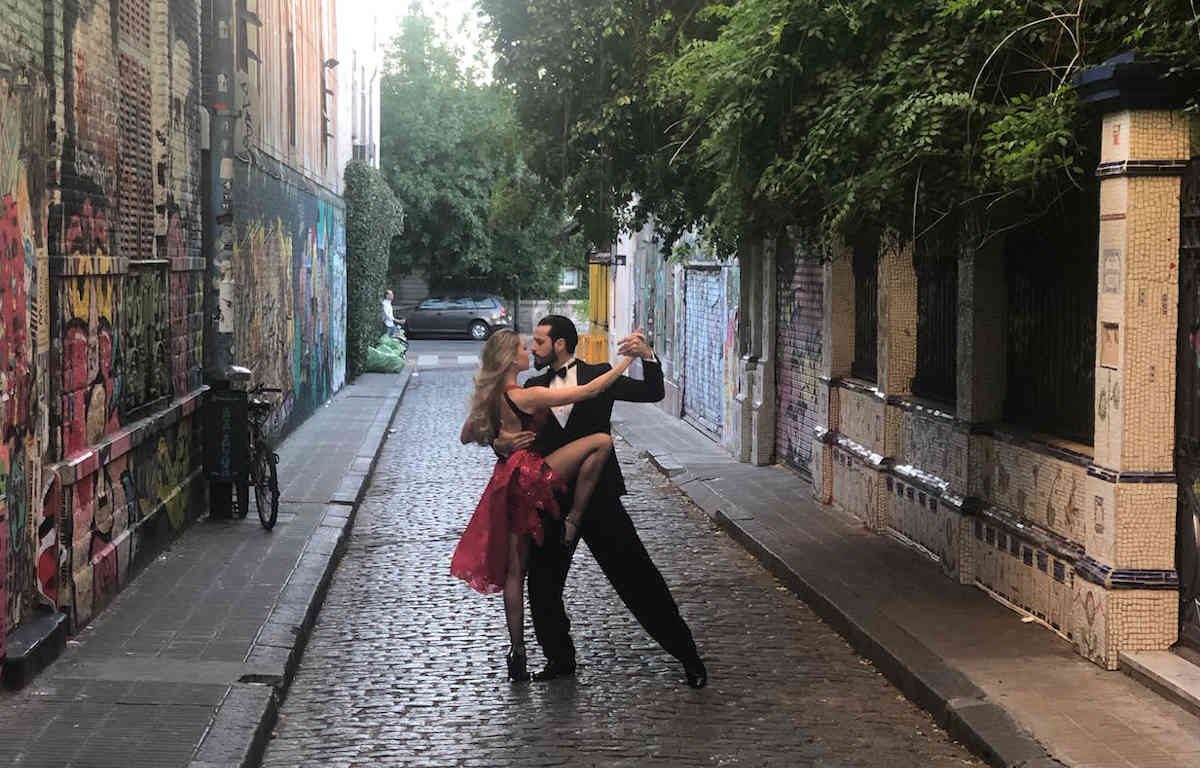Dance is both an art form and a sport. It is also a great tool to support you on your mental health journey. It can be intimidating when you first start, but once you take the first steps, the benefits will keep you coming back for more. You can start at any age, and dance until your elderly years. Dance to a single song, or all night long. Dancing is a social activity that builds life-long friendships and sometimes it even helps you find romance. Many dancers swear that dance is a way to recharge and makes your soul feel good.
Dancing is about moving to the music. You don’t need formal training to shake it. Find music that you love and see how the music feels in your body. Does it make you want to move in a specific way? If you feel silly, don’t. Humans have been dancing since the dawn of time. Not everyone is good at it. That’s okay! That’s not the point. It’s about expressing yourself through the movement.
Benefits For Your Body
One of the greatest things about dancing is that you usually don’t realize you are exercising, while getting all the benefits! If starting an exercise routine is challenging, this might be the best way to get movement into your life. I’ve seen many people transform their bodies by discovering dance.
Learning to dance helps you understand your body better. Few activities in life make you focus on your body the way dance does. You need to coordinate your feet, legs, arms, hips, ribs, and head. Dancing keeps your joints loose while strengthening your muscles and increasing your flexibility. These benefits can extend well into your older years, which will help counter the natural aging process.
Dancing helps your listening skills. You learn to listen to the music and the subtleties of the different instruments within the song. This helps you practice mindfulness. You also learn to count the beats, which teaches you to slow down. Different rhythms, will invoke different feelings, and dancing helps you understand how you can interpret sound with body movement.
Benefits For Your Mind
Dancing is a great activity for people who are feeling down, individuals dealing with trauma, and those looking for a little fun. It is a social activity. Regardless if you are dancing alone or with a partner, you feel connected to the rest of the dancers in the room. When you physically connect with other dancers, it can releases those feel-good hormones, similar to when you get a good hug.
Movement is a core pillar in self care as it reduces tension, and promotes relaxation. It can even induce flow once you are comfortable dancing. People who dance regularly tend to cope with stress better. Dancing is a big mood booster!
Dance requires coordination and body awareness. When you are able to follow a short sequence of dance steps (also known as a pattern), your reward system in your brain lights up. It also helps your brain stay strong and healthy. Dancing is a complex activity, and as you learn to dance, it establishes new neuronal pathways in your brain. This translates into different ways of learning, and it extends into other parts of your life.
It can be humbling to feel challenged and to realize you are not the best at something, but when you accomplish something challenging, it can be euphoric. Sometimes, the more you learn, the more you realize you don’t know, but it often motivates you to continue learning. Engaging in dance regularly helps you learn how to set mini-goals to achieve bigger, loftier goals. When you learn the skill of goal-setting in one area of your life, it translates into other areas. This is key in supporting your self care journey.
Where To Dance
If you know a little about dancing, you can practice all on your own, anywhere you find yourself. Having the luxury of a space that you can dedicate to dancing in your home, will make it more likely that you will do it. If you don’t have a dedicated space, don’t fret. I do it in my kitchen because it’s the only spot I won’t knock anything over. I have very little open space there, the equivalent of a bathtub, but I don’t need more. Ideally you want to have a smooth floor, but if you have carpet, you can still do it. Just be aware that you will have more resistance on your feet so use caution to not hurt your ankles.
Dancing doesn’t have to happen in a dance studio, but it is an option if you need a little help to get started. Sign up for community classes, and yes, they do exist for adults too. The classes come in different levels, including for complete novices and anyone claiming to have three left feet. Studios cater to different styles of dance, and the length of the classes can vary too. Some studios even have drop-in options so you don’t need to commit to a full session. If you are intimidated to have a group of strangers see you move, you can always see if they have private lessons available where you work with a professional dancer one-on-one. Alternatively, ask a friend or two to join you and you can make it a fun group activity!
Dance Is Art
When you understand the intricacies of dance, you can also appreciate dance as an art form. Why is this relevant? Appreciation for an art form also helps you with mental health. You will be more likely to enjoy seeing a performance. And by attending a live presentation, you also get to share an experience with a large group of people with similar interests. The opportunity to make new friends and to experience flow increases. By sharing an experience that is unique to that specific moment is precious. Even if the show has several showings, no two shows will ever be 100% the same. When you realize that you witnessed something so special, it allows you to be open to other wonders in life.
Dance to your own rhythm!
Dancing directly contributes to an overall feeling of wellness. It provides movement for your body that helps improve your overall mobility, flexibility, and stability. Dance is an excellent tool that not only covers your exercise pillar, but also your pillar of connection. Indirectly, it also supports your other two pillars. Even an hour of dance can improve the quality of your sleep. Dancing makes you hungry so it helps with appetite and the energy required to dance also means you need to eat nutritiously and hydrate more. Dance is a tool that supports goal-setting, mindfulness, and an appreciation for art. Additionally, dance is a way to build new friendships, and strengthen existing bonds. When you dance to a song you really enjoy, you can’t help but feel happy, so get moving!
IMAGE CREDIT: Pexels | Vincent Pelletier.

